2019-04-03
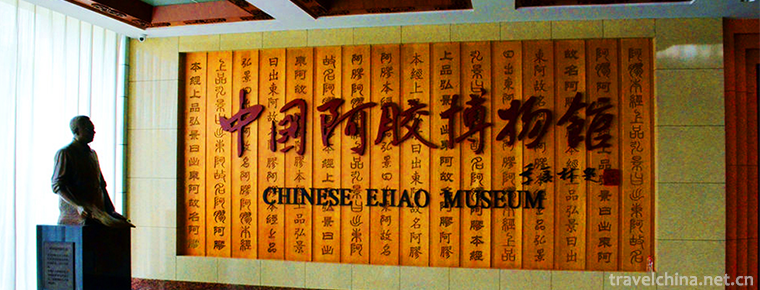
- By ChinaWiki.net
- Chinese Edition
- 2018-12-22
China Ejiao Museum, built in 2002, is located at the foot of Mount Tai, east of Donga County on the Bank of the Yellow River. It is funded by Donga Jiao Group, the largest Ejiao production enterprise in China, with a total investment of more than 40 million yuan. It is the first thematic museum with the theme of Ejiao development in China. The Chinese Ejiao Museum is divided into eleven exhibition halls, which are composed of ancient and modern parts. The ancient part mainly reflects the development and evolution process of E-Jiao from ancient times to present the wisdom of ancient East Asians to visitors with visual effect; the modern part mainly reflects the arduous entrepreneurship and brilliant achievements of modern E-Jiao people.
architectural composition
Preface Hall, Introduction to East A
Tao Hongjing, a famous medical scientist and Taoist scholar in the Southern and Northern Dynasties, once said in his Family Records of Famous Medical Practitioners: "Ejiao, going out of East Asia, is therefore called Ejiao." It can be seen that Ejiao is named for its origin in Donga County. Donga County has a long and splendid history and culture. As early as the Spring and Autumn Period and the Warring States Period, it had been established. At that time, it was called Keyi, which later evolved into Ayi. There have been beautiful and legendary stories on the land of East Afghanistan, such as Dayu, Yanzi and Cao Zhifengwang. But what makes Donga famous in the world is a kind of magical traditional Chinese medicine, Ejiao.
Brilliant civilization and long history of traditional Chinese medicine
Chinese medicine has a long history. It has lasted for thousands of years since Shennong started the history of traditional Chinese medicine by tasting hundreds of herbs. It ranges from the first book of traditional Chinese medicine, Neijing, to Shennong's Herbal Classic and Treatise on Febrile and Miscellaneous Diseases in the Eastern Han Dynasty, from the Annotation of the Classic of Materia Medica by Tao Hongjingji's predecessor, to the Record of Famous Doctors by Wang Sunsimiao of the Tang Dynasty, and the Thousand Golden Prescriptions by Su Song of the Northern Song Dynasty. From "Tujing Materia Medica" to "Compendium of Materia Medica" written by Li Shizhen, we can clearly see the rich and mature development of Chinese medicine. It is in this great treasure house of Chinese medicine that Ejiao, a treasure of Chinese medicine, was bred and produced. From the earliest record of Ejiao's Shennong Herbal Classic, great physicians and medical books of all dynasties have discussed Ejiao. Together with ginseng and pilose antler, it is called the three treasures of traditional Chinese medicine, which shows the special status of E-Jiao in traditional Chinese medicine.
Essence of Traditional Chinese Medicine, Treasure of Chinese Medicine
This hall mainly shows the origin, raw material evolution, pharmacological action, special relationship between E-Jiao and the unique water quality conditions of East A, and the scenes of traditional E-Jiao production.
The Prosperity and Prosperity of Ejiao
Ejiao is a special product of East Ejiao. It was paid tribute as early as Sui and Tang Dynasties. Ejiao was a valuable traditional Chinese medicine in ancient times. At that time, only precious families could use it conditionally. Empress Dowager Cixi suffered from hemorrhage when she was young, and then recovered from it by taking donga Jinggong gelatin.
The Modern Influence of Ejiao
At the end of Qing Dynasty and the beginning of Republic of China, the modern E-Jiao industry gradually developed into a mature and brilliant period. It gradually formed a situation of taking East A as the center and spreading to the whole country. There were Taishengtang, Fuxing Tang, Donga County Health E-Jiao factories and other large-scale Tangfang factories in East A. Tongrentang in Beijing, Darentang in Tianjin and Huqing Yutang in Hangzhou all had the history of E-Jiao production. Jinan was established in 1909. In this period, E-Jiao won an international award, the gold medal of Panama World Expo, and E-Jiao began to step out of the country gradually, attracting worldwide attention.
Small hall
During the eight-year anti-Japanese war and the three-year war of liberation before liberation, the E-Jiao industry was damaged by what it had done before. With the establishment of the People's Republic of China, and marked by the establishment of the East E-Jiao Factory, the E-Jiao industry entered a new era.
Entrepreneurial articles
East-A-Jiao Factory is the largest production enterprise of E-Jiao in China. It was founded in 1952. At the initial stage of its establishment, the production conditions were extremely poor. It adopted the backward production mode of traditional large pot leather, manual rubber cutting and half-year idle production. After several generations of enterprising people, Donga Jiao took the lead in inventing and using the steam leather machine in the whole country, adopting the new technology of steam pressure leather making, and successively using the technology of adding layer pot, boiling glue, air conditioning constant temperature, microwave drying, etc. The adoption of a series of new technologies has made the production of E Jiao completely get rid of the restriction of natural conditions on the production of E Jiao. East E-Jiao Factory has gradually developed into a large modern enterprise group with a total assets of 1 billion yuan and an annual output value of 700 million yuan. Millennium E-Jiao has entered ordinary people's homes from the rich families of the court, and began to emit brilliant light.
Achievements
East-A-Jiao Group has been respecting knowledge, science and innovation for many years. It has developed new products such as compound E-Jiao slurry, Huashili oral liquid, E-Jiao Shen oral liquid, E-Jiao blood-tonifying ointment, E-Jiao blood-tonifying granule and so on. The products of East-A-Jiao have gradually developed more than 100 kinds of products from a single E-Jiao variety in the early stage of plant construction. It is very convenient for consumers to use Ajiaodi.
Honorary articles
Since its inception, Donga Jiao has been in line with a rigorous, pragmatic, scientific and efficient attitude to production and management, from the establishment of the factory to now Donga Jiao factory and its products have won more than 1000 kinds of honors. East-A-Jiao has become a recognized domestic well-known brand, East-A-Jiao Group has also developed into a prominent enterprise in the domestic blood tonic industry.
Future articles
East-A-Jiao Group, with certain strength, has a grand blueprint for development. Since China's entry into WTO, and with the enhancement of health awareness of all mankind, Chinese medicine industry has met unprecedented opportunities for development. Faced with this opportunity, the leadership of E-Jiao put forward the strategic idea of exploiting domestic and international markets, especially international markets, by utilizing domestic and international raw materials resources. East-A-Jiao will gradually look at the world, expand its raw material base and sales channels to foreign countries, move towards the future, and the East-A-Jiao will surely become more beautiful in the world.
Message Hall
With advanced management mode and advanced production technology, tens of thousands of leaders and celebrities flocked to watch and learn, and left a lot of precious ink.
Visiting information
geographical position
78 Ajiao Street, Donga County, Liaocheng City, Shandong Province
Opening Hours
8:30-17:30
Admission ticket
30 yuan
traffic
Self driving:
Liaocheng - S329 - Drive 18.1KM - Turn right into Universal Road - Drive 1.8KM - Turn left into Dawn Street - Drive 2.3KM - Turn left into Industrial Street - Drive 490m - Terminal.
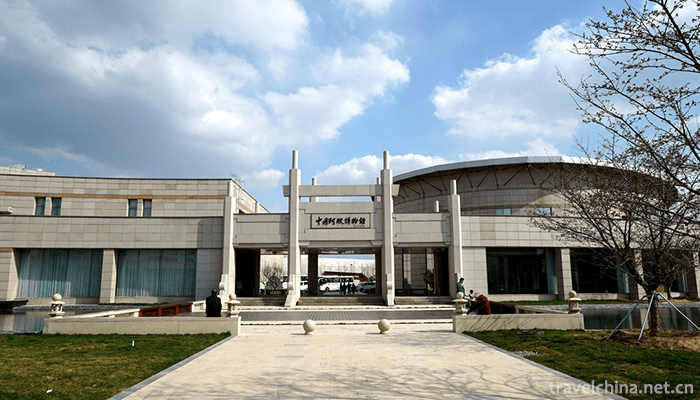
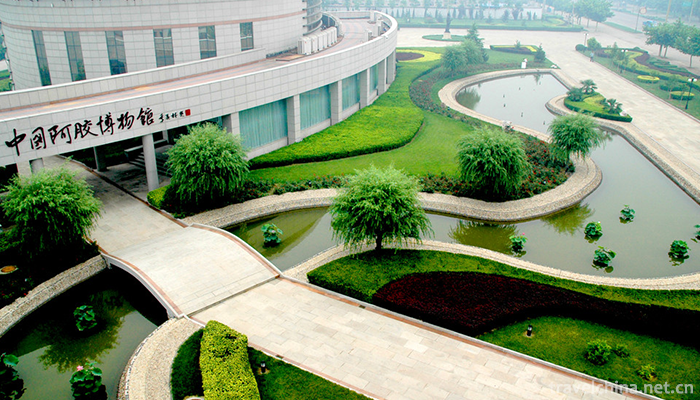
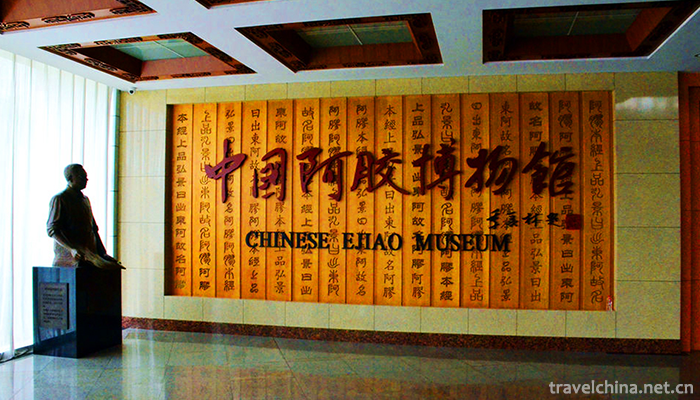
Ask a Question
Your email address will not be published.
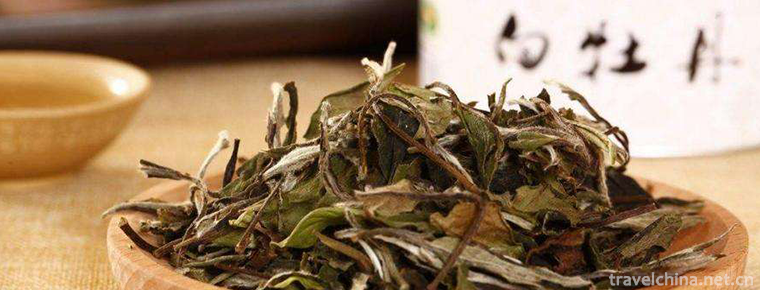
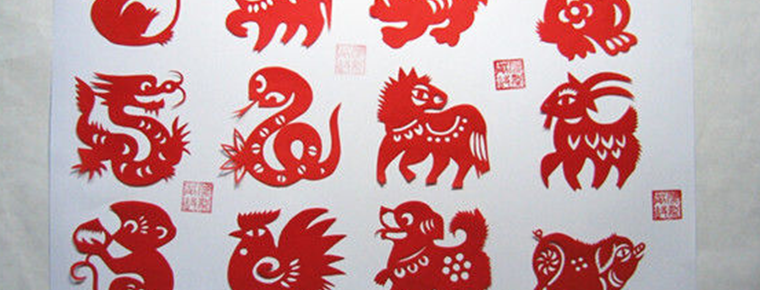

0 Questions